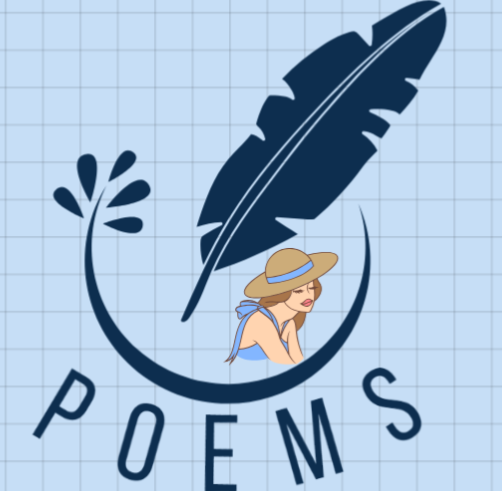What is a Diction Poem?
A diction poem is a type of poetry that focuses on the linguistic and emotional nuances of language. It’s a poem that uses word choice, syntax, and tone to create a specific atmosphere or mood. The poet aims to convey a particular feeling, idea, or theme through the careful selection of words and their arrangement.
Tips for Writing a Diction Poem:
- Play with connotations: Choose words that have specific connotations, emotions, or associations. For example, “dark” might evoke fear or sadness, while “bright” might evoke happiness or optimism.
- Experiment with syntax: Vary sentence structure and length to create a sense of rhythm or flow. This can help convey the mood or atmosphere you’re aiming for.
- Use sensory language: Incorporate sensory details to engage the reader’s senses and create a more immersive experience.
- Pay attention to tone: Consider the tone you want to convey through your words. Is it formal, informal, playful, or somber?
- Use metaphor and simile: These literary devices can help create powerful comparisons and add depth to your poem.
- Edit carefully: Diction poems rely heavily on word choice, so be sure to edit your poem carefully to ensure that every word is working together to convey the intended message.
Examples of Diction Poems:
The Dark Night” by Edgar Allan Poe
“‘Twas brillig and the slithy toves
Did gyre and gimble in the wabe:
All mimsy were the borogoves,
And the mome raths outgrabe.”
(Poe’s use of words like “brillig,” “slithy,” “mimsy,” and “outgrabe” creates a sense of eerie wonder and sets the tone for the rest of the poem.)
The Waste Land” by T.S. Eliot
“These fragments I have shored against my ruins
Why should I orchestrate my pieces?
For they fit together uncannily
(Aurora consurgens)
In this line, Eliot’s use of words like “fragments,” “shored,” “ruins,” and “uncannily” creates a sense of disconnection and disillusionment.
Do Not Go Gentle into That Good Night” by Dylan Thomas
“Do not go gentle into that good night,
Old age should burn and rave at close of day;
Rage, rage against the dying of the light.”
(Thomas’s use of words like “burn,” “rage,” and “dying” creates a sense of urgency and defiance.)
Conclusion:
Writing a diction poem requires careful attention to word choice, syntax, and tone. By experimenting with language and using sensory details, you can create a powerful poem that conveys your intended message. Remember to edit carefully and pay attention to the emotional impact of your words. With practice, you can master the art of writing a diction poem that resonates with readers.





1 thought on “How to Write a Diction Poem: Tips and Examples.”